Living Planet
Nature · Earth · ClimateThe Trees of Life
I had initially intended to produce a short write-up about the intrinsic and life-sustaining value of trees from a different angle - namely the peculiarities of each Ancient and Veteran tree visited, with the newly formed Sussex 'branch' of the Ancient Tree Forum at Cowdray in October, but as so often with life, I ended up reflecting and my own roots ended up exploring new avenues ...
The Sussex 'branch' of the Ancient Tree Forum (formed in 1993 by Ted Green and a like-minded group of tree enthusiasts) was launched earlier this year. The Forum has been pioneering the conservation of ancient trees and their wildlife, heritage and cultural values and the Sussex group have a focus on reassessing the condition of trees already recorded, adding any unrecorded trees to the Ancient Tree Inventory and helping encourage future generations (of both ancient trees and also tree enthusiasts).
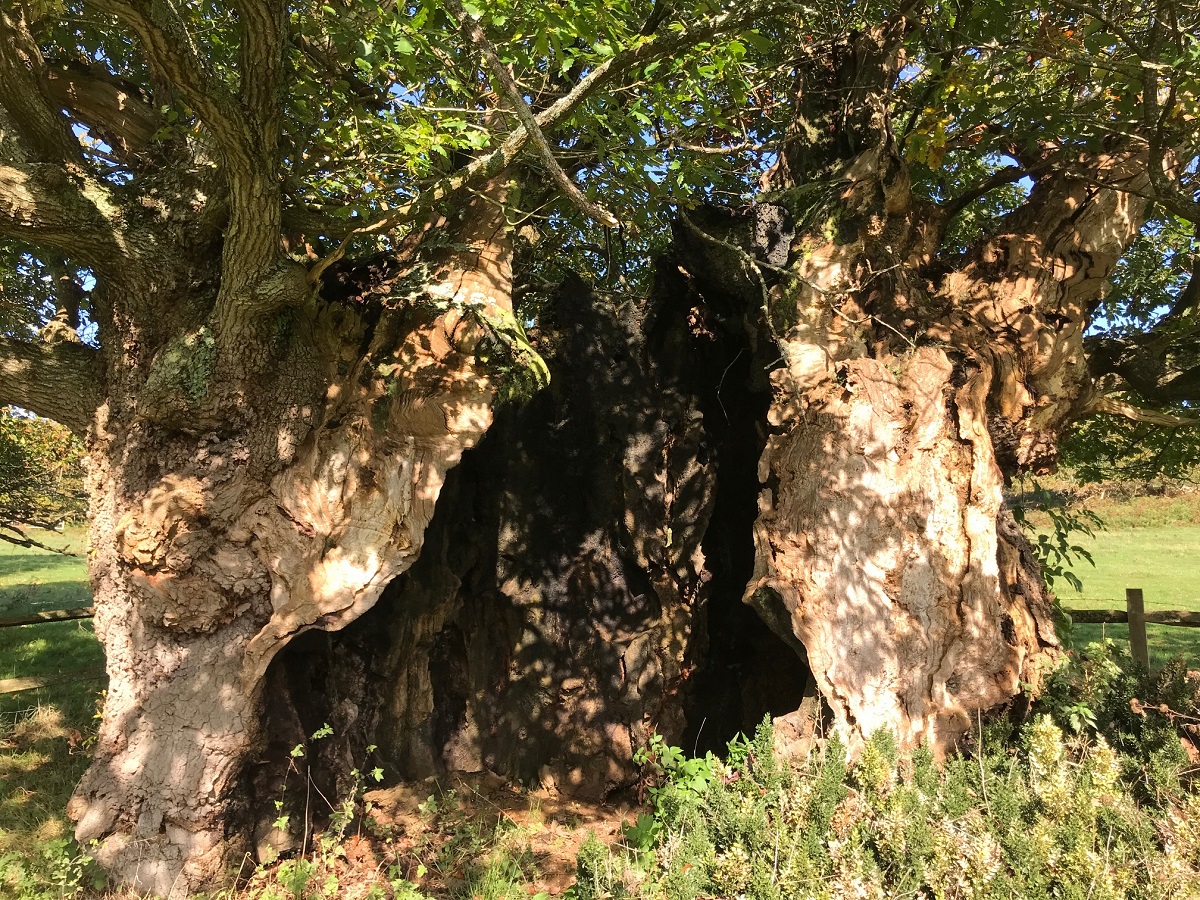
The Queen Elizabeth Oak above and below from the back
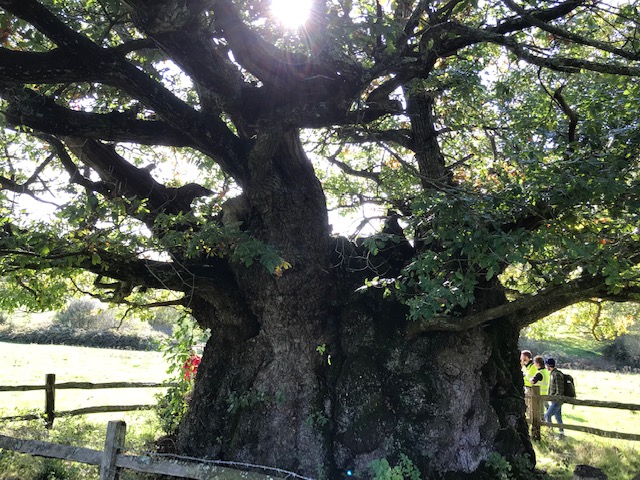
I've always found Ancient and Veteran trees to be mesmirising. They are poems in themselves, each a solid, majestic presence with such varied and stunning characteristics. They beckon with twisted, sometimes truncated, yet powerful limbs that are still nimble as slimmer fingers dance and rustle their leaves in the wind. I love their tactile skin in varied textures and hues, blended with moss and rivets of water, lichen, fungi and their proud noble feet. Even when their rich, red, heartwood is exposed they pour forth life and from their seeds spring hope, and through their decay they give life and re-birth to countless other species. They also feed, clothe, shelter and home such a rich community of wildlife from beetles to bats. Having seen the more well-known Queen Elizabeth and Lady-in -Waiting Oaks at Cowdray, it seemed sad that the others, equally stunning and similar aged (around 1,000 years) didn't have names - but wow they were no less impressive, as were the Cowdray Colossus Chestnut, the Wellingtonias and countless others species of varying ages and spreading girths. They were each so fascinating I couldn't stop taking photographs.
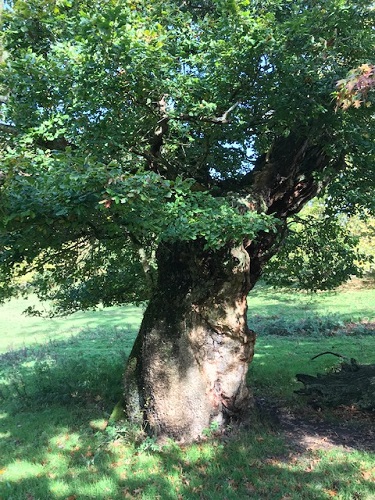
And so it came to pass that the next day I was able to share some of these images (most especially of the first Ancient oak we met) with a dear, very ill friend. On the same day, she had been in so much pain and whilst confronting her mortality and crying out to the Lord she saw a vision of a tree with part of it lying on its side. I sent her the photos I'd taken of that incredible tree (pictured above and below) that was literally flourishing, despite the hollow in its middle - much of its heartwood body, long since solidly emptied onto its side on the ground, leaving a 'heart-shaped' hole visible in the back of the trunk bark There are so many allegories and metaphors here that it brought comfort to us both and I started to take a nature walk through the Bible and think more about the meaning of trees in relation to our spirituality and faith.
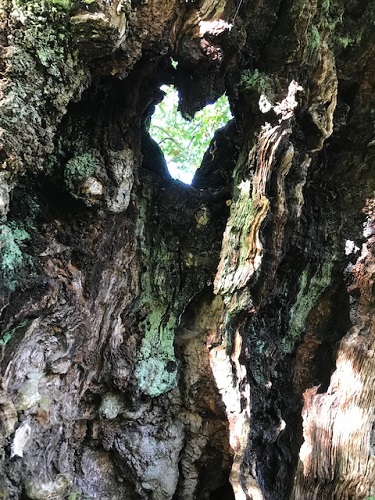
The Bible, which even refers to itself as 'a Tree of Life' (Proverbs 3:18) is full of towering Cedars and different varieties of heavily-laden fruit and trees are also incredibly significant in the story of Creation, The Fall and Redemption. There's a tree on the first page of the Bible, in the first Psalm, on the first page of the New Testament and even on the last page of Revelations. Trees are also associated with many of the Bible's key stories and characters from Noah and the flood through to Jesus who dies on a tree, the cross, on Calvary, which he waters with his blood, sweat and tears.
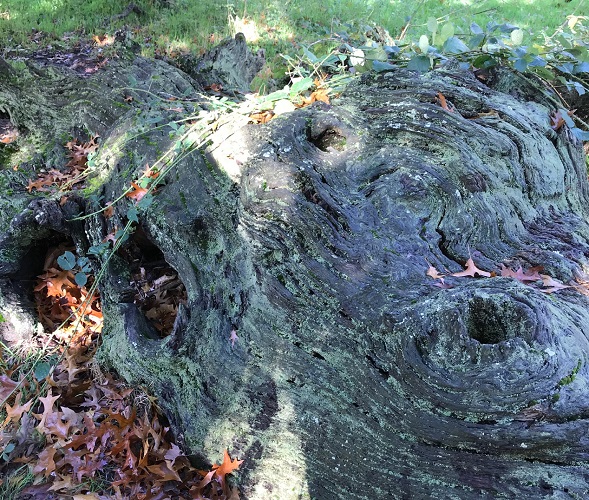
Trees give food, and shade and rest, clean air and shelter and protection, life and beauty. We're told trees are beautiful in God's sight. We're told our place is amongst the trees. We are told our work is to dress and keep them or protect and tend them. The Apostle Paul tells us that Christians are like branches grafted into Israel's trunk with roots that help us to stand strong no matter what happens and elsewhere he tells us that in heaven the leaves of the Tree of Life will heal the nations and bear fruit in every season.
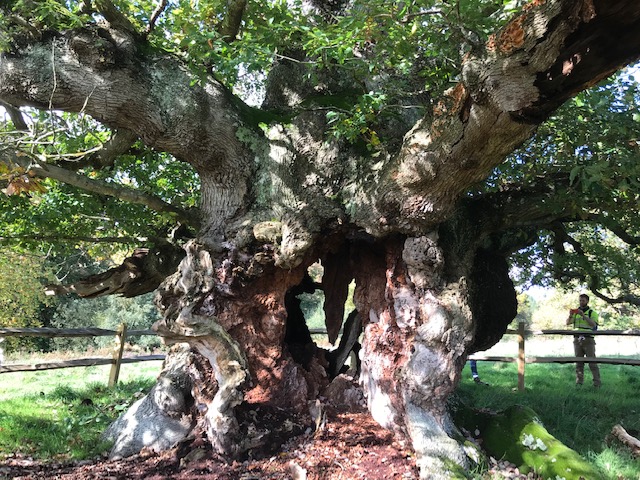
The Lady-in-waiting pictured above
I often think the light streaming through trees in a wood is like that flooding through the windows and shadows in a great Cathedral and the Bible even talks about trees singing. The scriptural use of trees can be seen as sacramental signs in our world revealing God's presence, his activity, and his eternal purposes and all of physical creation is an object lesson of spiritual truth.
I'm also inspired by the monks in Thailand, who reacted having seen some of their most devastating logging, which was leading to landslides and floods (an estimated two-thirds of their forests were destroyed between 1961-1998). They re-examined Buddhist scriptures that taught that all things are interconnected and if you harm the trees, rivers, animals and soil then you harm yourself. After locating the oldest and largest trees in the forest, one monk started ordaining these trees and wrapping them in the traditional orange robes of a novice monk - offering them immediate protection from loggers, most of whom will not commit the taboo of harming a monk, even when in this case it's a tree! This practice has now spread across Thailand and into Cambodia ...

Trees should live symbiotically with humans but our failure to heed the mandate of 'tending and protecting' and our lack of stewardship has resulted in our current environment problems. Whatever our faith, we can all find solace and meanings in trees and we can't afford to ignore their importance to every living thing on this planet.
Find out more about the Ancient Tree Forum
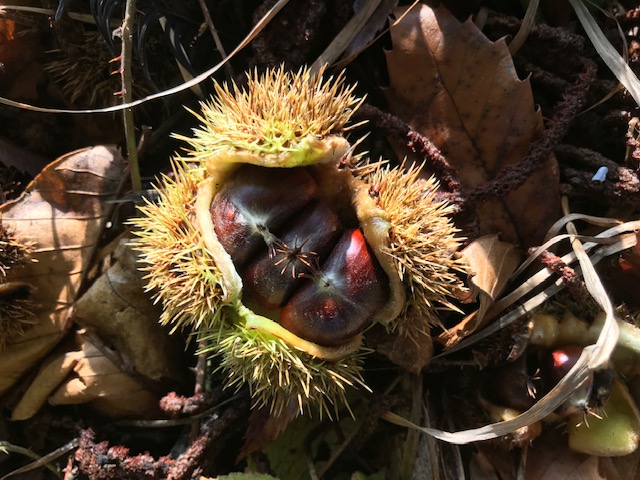
A 'trinity' of seeds from the Cowdray Colossus Chesnut